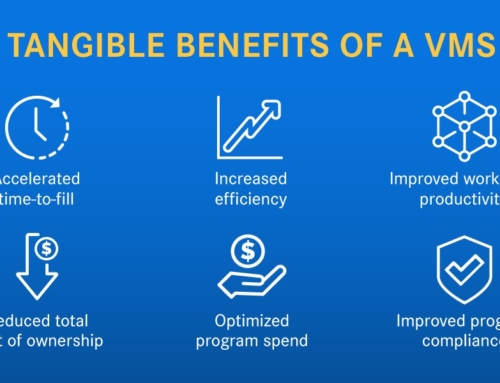Program managers can often dive into discussions about statement-of-work agreements without first establishing a clear understanding of what an SOW truly entails — and perhaps more importantly, what it does not. An SOW is integral to defining a business relationship for either an ongoing service or a project, whether simple or complex. A well-structured SOW should encompass the following critical elements:
- A comprehensive and agreed-upon brief
- Clearly defined milestones
- A payment schedule
- Fixed deliverables
- Penalties for non-delivery according to specifications or below-standard service levels
Furthermore, the engaged workers should be under the supervision and control of the SOW solution provider, who should retain the right to substitute workers as they see fit.
Don’t make the mistake of assuming that the type of company providing the SOW inherently determines its authenticity as an SOW. It’s a common misconception that only traditional outsourcing companies can offer genuine SOW solutions. In reality, typical outsourcing companies can act as body shops, merely providing personnel rather than delivering specified outcomes. Conversely, typical staffing companies can effectively serve as SOW solution providers, focusing on deliverables and project outcomes rather than just supplying labor.
It’s time for a shift in terminology.
The term SOW stands for “statement of work” or “scope of work.” Interestingly, anyone can draft an SOW for anyone else, including permanent employees writing scope-of-work agreements for one another. This flexibility is why I prefer to use the term “outsourcing” rather than SOW. The concept of outsourcing more accurately captures the essence of delegating a project or service to a third party, who is then responsible for delivering according to mutually agreed specifications.
Engaging in conversations about outsourcing versus body shopping can be incredibly valuable in distinguishing these two distinct services. Put simply, outsourcing — the “what” and the “when” — is outcome oriented, focused on what is being delivered and when. On the other hand, staffing — the “who” and the “how” — is concerned with who is delivering the work and how the work will be executed under your supervision and control.
It is crucial for organizations to decide on the terminology they use and to clearly define within their organization what constitutes an outsourcing agreement. Equally important is to delineate what does not qualify as outsourcing — specifically, staff augmentation. By doing so, businesses can ensure clarity and alignment in their strategic partnerships and project executions, thereby driving better outcomes and avoiding misunderstandings and misclassification.









